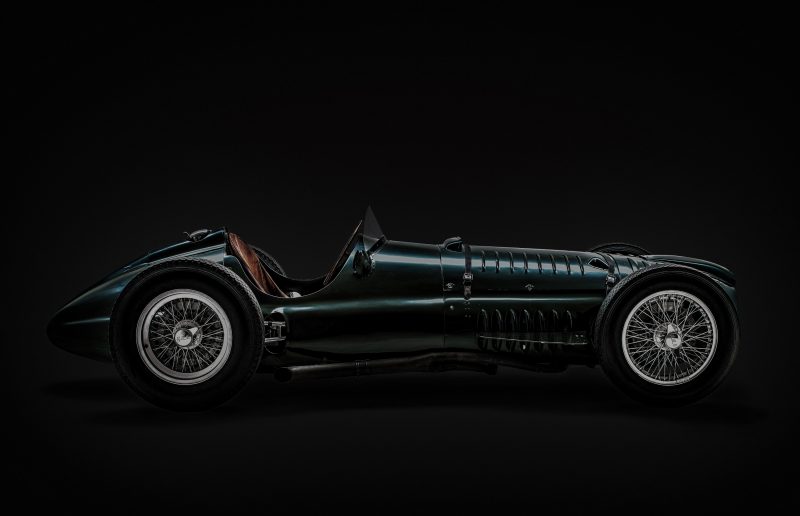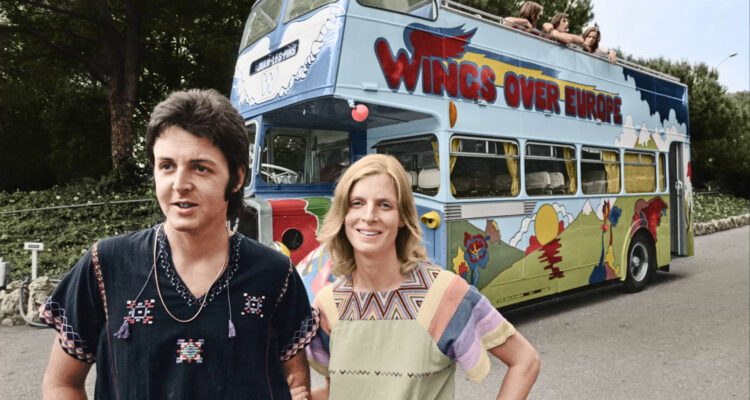BRM – The History of a British Legend
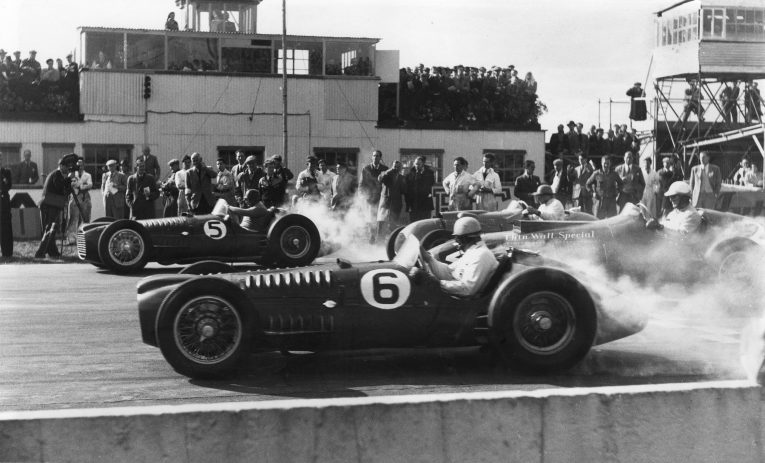
Having spent my formative years in the small, historic market town of Bourne in Lincolnshire I have a lot of fond memories of the place. I returned there recently for a brief visit and although it now seems to be a hive of hairdressers, estate agents and takeaways, if you dig a little deeper you will find, rather incongruously, a rich and proud motorsport heritage involving an innovative motorsport firm, several Formula One titles and the remarkable story of one man’s tenacity to realise a dream. This inconspicuous civil parish in South Kesteven was the home and engineering base of British Racing Motors (BRM), a former British Formula One motor racing team that remains the only constructor alongside Ferrari to have won the World Championship with a car built entirely by themselves, right down to the engine, gearbox and chassis and all that with a largely local workforce that never exceeded 120 people. Quite the feat. Is that a twinge of pride I’m starting to feel for my old stomping ground?
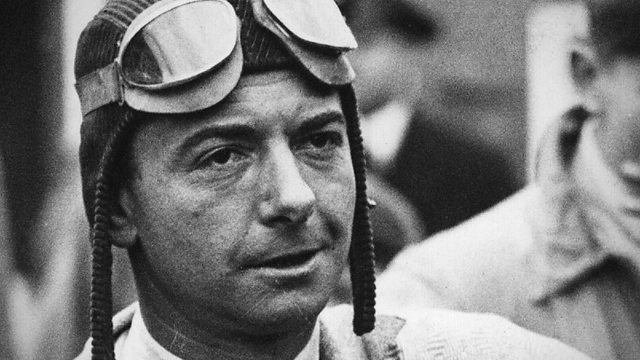
Raymond Mays
In the Beginning
BRM was established just after the Second World War by Raymond Mays, a successful racing driver, entrepreneur and founder of British racing car manufacturer English Racing Automobiles (ERA), also located in Bourne. Mays’ patriotic and rather ambitious aspiration was to see Britain succeed at the top level of motorsport and to that end he began to focus all of his efforts on producing a Grand Prix car capable of thrashing the European factory Formula One teams of the period – a bold vision and one that would almost remain unrealised. In a bid to fulfil his dream Mays, bolstered in part by his pre-war racing record, formed the British Motor Racing Research Trust in 1946 which was a conglomerate of various companies that he had persuaded to agree to back his project. Mays appointed his long-time friend and colleague from ERA Peter Berthon to take the helm and a small team from the motor industry was recruited with offices being set up on Spalding Road in Bourne. BRM was in business.
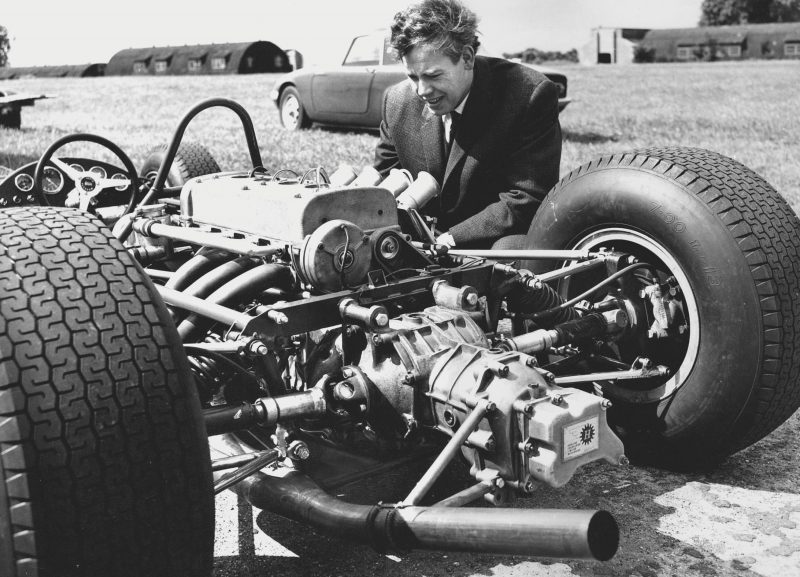
Welcome to the Fold: The BRM V16
BRM kicked things off with their first Formula One car in 1949. Designated the P15 the car was equipped with the highly complex, supercharged 1.5-litre V16 engine, developed in-house two years earlier. This now legendary engine produced 600bhp, considerably more than any of BRM’s competitors and was the first in history to rev above 10,000rpm, making one hell of a beautiful racket in the process. BRM can’t take all of the credit though as a number of British manufacturers contributed parts to the build, including Rolls Royce who designed and built the aforementioned centrifugal supercharger. They would also lend a member of their own team to the project who would become integral to BRM’s success but we’ll get to that later.
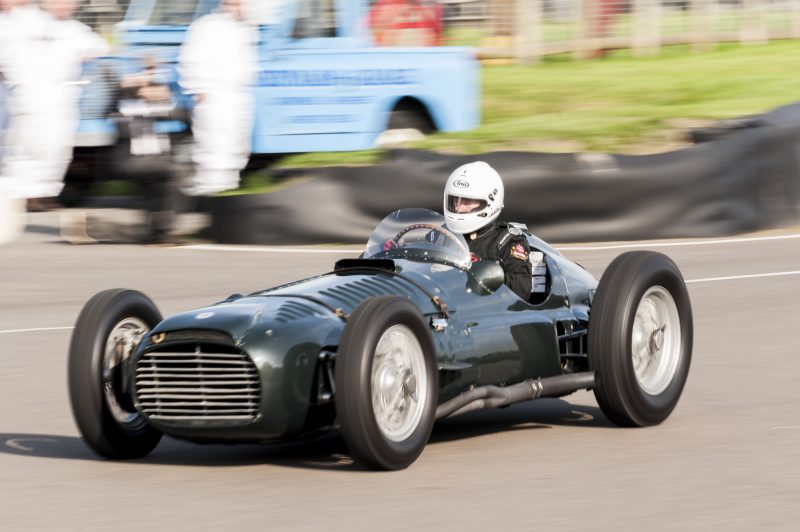
Unfortunately the engine did not live up to the initial hype and was plagued by reliability issues going as far as shearing a driveshaft on its debut at Silverstone in 1950 in front of a capacity crowd including members of the royal family – not the best of starts for Mays and the gang. The P15/V16 combo would have some brief success later in the year winning back-to-back races at Goodwood with Reg Parnell in the driver’s seat but this triumph was short-lived as the car continued to be problematic. The final nail in the coffin was hammered home in 1952 when the FIA imposed regulation changes due to the lack of Formula One entrants after Alfa Romeo pulled their cars from the series and BRM themselves withdrew from the April race in Turin in favour of trying to persuade Juan Manuel Fangio to take the reigns of the P15, shooting themselves in the foot in the process. As a result the World Championship was run that year for Formula 2 cars which meant 2.0-litre normally aspirated or 750cc supercharged engines were required to compete. This obviously then made the V16 obsolete before it ever had a chance to really show the world what the team at BRM knew it was capable of.
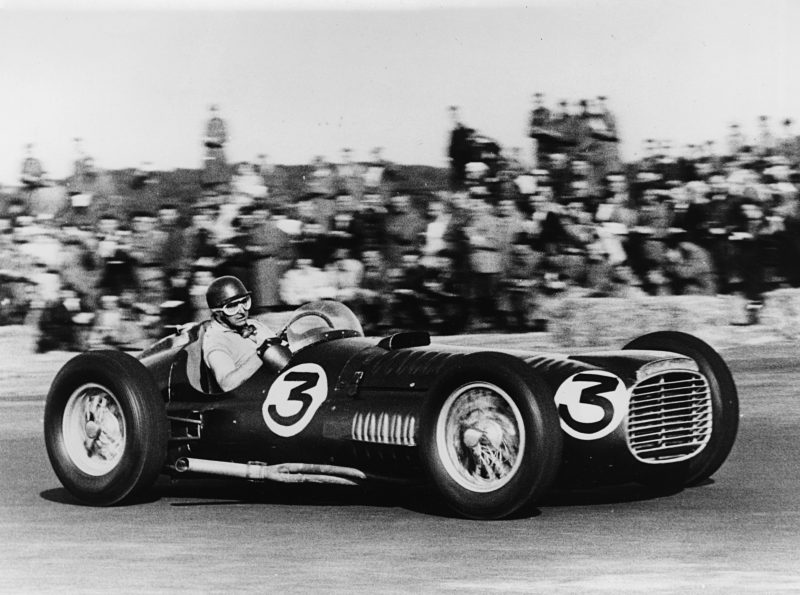
BRM V16 (National Motor Museum car) at Silverstone 1953
Sink or Swim
With Sir Alfred Owen of British engineering company Rubery Owen taking control of the company in 1952 amidst financial problems resulting from the unsuccessful V16 project, a new Formula One car was developed by BRM and made its debut in September 1955. A much simpler design than its predecessor the car, designated the P25, was fitted with a 2.5-litre straight-4 engine, producing around 275bhp. From the outset it seemed as though history would repeat itself as, like the V16, the P25 suffered reliability issues early on but by 1957 BRM were starting to get their act together and two years later the P25 secured its first victory at the Dutch Grand Prix at Zandvoort in 1959 with Joakim Bonnier behind the wheel and the year culminated in BRM finishing third in the constructors’ championship. The P25 was now competitive and Mays’ dream was beginning to look a lot more attainable but there was another obstruction on the track just around the next apex. Up until now everyone was using a front-engined set up in their race cars and beginning with Stirling Moss’ win at the 1958 Argentine Grand Prix in privateer Rob Walker’s rear-engined Cooper, followed by another win at the very next race in Monaco by Maurice Trintignant, the now famous ‘rear-engined revolution’ was firmly under way, culminating with two wins in 1959 and 1960 by Jack Brabham and the Cooper Formula One team when they took both World Championship titles in a rear-engined car. Ever since then every World Champion has been perched in front of the engine and just like before with the P15, the P25 had become immediately antiquated. BRM had to act fast to remain competitive and so promptly began developing a rear-engined version of the P25, named the P48, which would replace its now obsolete predecessor mid-way through the 1960 season. The car failed to challenge for podium places however and Owen effectively issued an ultimatum: Win races or call it quits. It was crunch time for BRM.
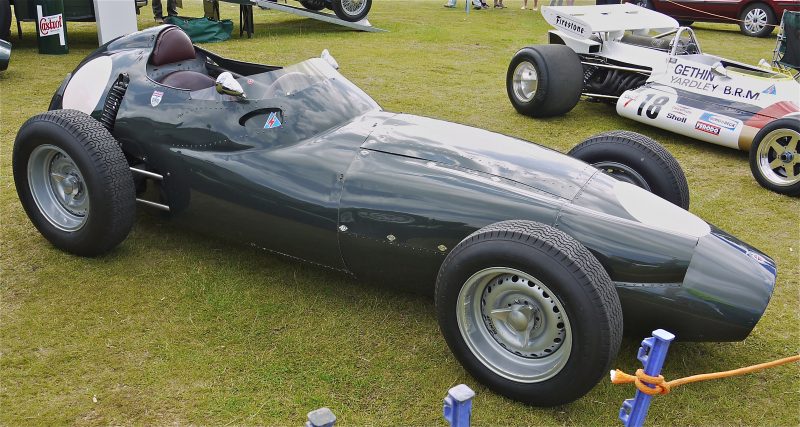
BRM P25
Dynamic Duo Saves the Day
As alluded to earlier, Rolls Royce engineer Tony Rudd had arrived at BRM in 1951 on secondment from the British automotive giant to assist with the development of the V16 engine and never went back. Owen saw the potential in Rudd and appointed him chief development engineer in 1960. Rudd introduced vastly improved engineering procedures at the firm and was integral in ironing out the reliability issues that had troubled the team from the beginning. These changes paved the way for a new engine to be built in 1961, designated the P56 V8 and designed by Peter Berthon and Aubrey Woods. It was an engine that would drastically change the fortunes of the company. Enter Graham Hill – the valve to Rudd’s piston. Hill had joined BRM in 1960 and after a slow start the planets would finally align two years later in 1962 when Hill, driving his P57 V8 (nicknamed ‘Old Faithful’), secured the 1962 World Drivers’ Championship in the final race in South Africa, as well as the World Constructors’ title for BRM. They had done it. BRM were world champions. This victory marked the company’s definitive year and goes down in history as their most successful. Raymond Mays’ apparently insurmountable dream was finally realised after a tumultuous 13 year wait but unfortunately BRM would fail to reach these heady heights again, despite finishing as runners up the following year.
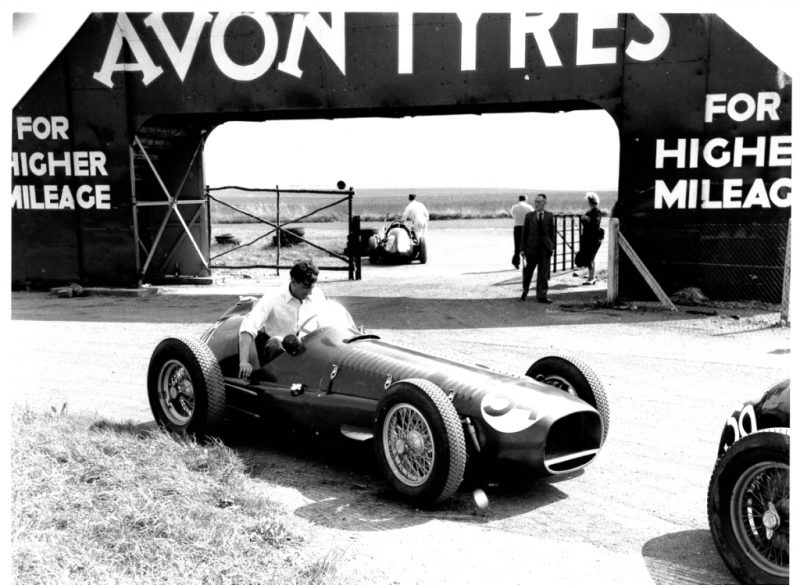
Further Success and Eventual Decline
The successful P57 car was replaced with the legendary P261 in 1964, the first of BRM’s monocoque chassis racers and went on to become the most successful car that BRM ever produced. A year later a young Scotsman by the name of Jackie Stewart joined the team to race alongside Hill winning the Italian Grand Prix in his debut season and finishing in an impressive third place in the Drivers’ Championship. 1966 saw further regulation changes to allow 3.0-litre, naturally aspirated engines which prompted BRM to effectively bolt two 1.5-litre, flat-eight engines together to create a H16 configuration using a design by Tony Rudd and Geoff Johnson named the P83. Unfortunately this configuration turned out to be overly complex and uncompetitive as a Formula One engine and was subsequently replaced with a Geoff Johnson designed V12 which saw numerous design changes over the next few years. With a lack of wins in the late sixties it looked as though 1970 would mark an upturn in BRM’s fortunes after new driver Pedro Rodriguez won the Belgian Grand Prix in his BRM V12 but unfortunately that was not to be the case.
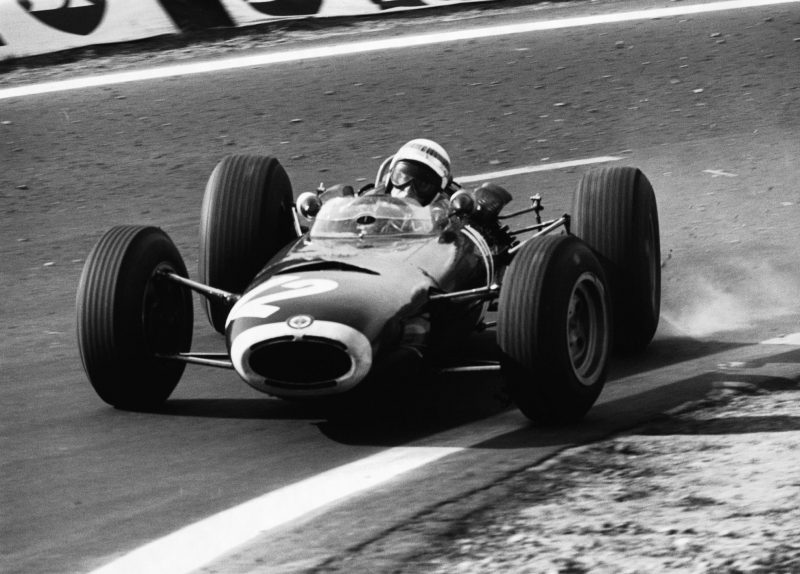
The very next year Rodriguez was tragically killed in a race in Germany followed in quick succession by the death of team mate Jo Siffert when his P160 left the track at Brands Hatch and burst into flames, trapping him inside. He remains the only driver to be killed in a BRM race car. It wasn’t all bad news however as in that same year new driver Peter Gethin claimed the record of fastest Grand Prix of the 20th Century when he won the Italian Grand Prix for BRM with an average speed of 151mph, a record that would stand for 32 years. Niki Lauder joined BRM in 1973 for his debut Formula One season and sponsorship had also been secured from Marlboro the year before, creating one of the most iconic liveries in motor racing history. BRM’s seventeenth and final Formula One victory came in 1974 with Jean-Pierre Beltoise taking first place at the Monaco Grand Prix but with the limited workforce becoming overstretched, a lack of finances and a downturn in the economic climate the Rubery Owen Organisation cut funding and withdrew from BRM. Renamed Stanley-BRM in 1975, after managing directors Jean and Louis Stanley, the company soldiered on for several more years with a reduced workforce but it failed to find any kind of success and the Bourne factory officially closed its doors in 1981.
Legacy
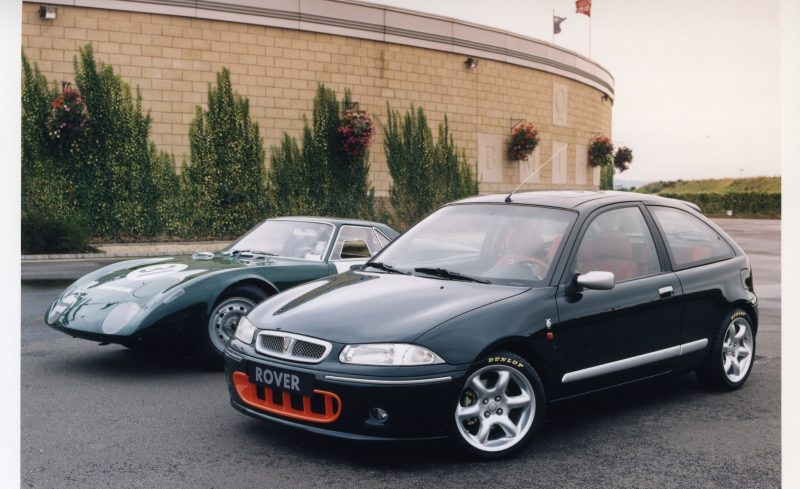
What BRM managed to achieve is rather astonishing. Between 1950 and 1977 the team made 197 Grand Prix starts including 17 victories, 11 pole positions, 15 fastest laps, 1 Drivers’ World Championship and 1 Constructors’ World Championship, all with a team of no more than 120 dedicated workers comprised mostly of Bourne locals. Not to mention the six World Champions who drove for them; Juan Manuel Fangio, Mike Hawthorn, Graham Hill, Jackie Stewart, John Surtees, and Niki Lauda. One man’s vision and his resolute dedication to that vision is truly inspiring. Happily the BRM legacy lives on beyond Bourne street names with companies like former BRM engineer Mike Pilbeam’s Pilbeam Racing and Hall and Hall, both based in Bourne and offering hill climb race car manufacturing and BRM racing car restoration services respectively. Not only that but the 16-cylinder engines designed and produced by BRM are now rightly regarded as renowned examples of British engineering. That’s an impressive heritage and if you decide you want your own little sliver of that legacy then there’s always the Rover 200 BRM, which is a wonderful celebration of one of England’s greats.
